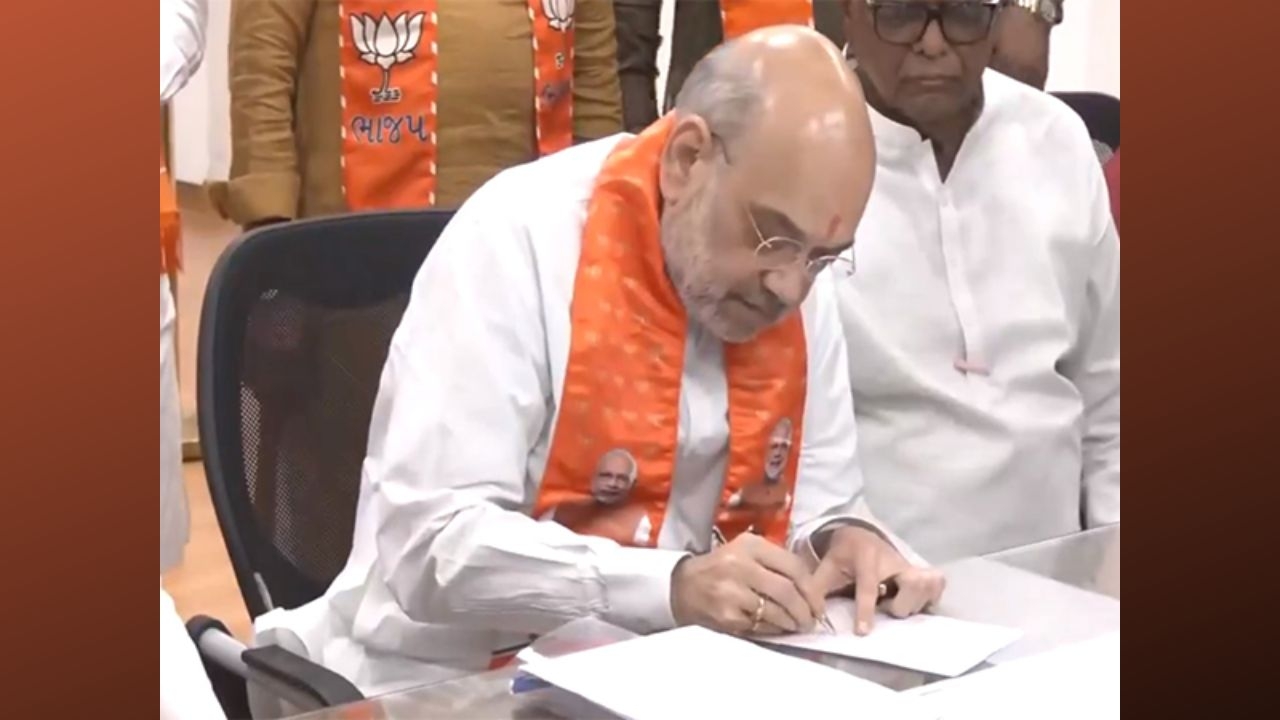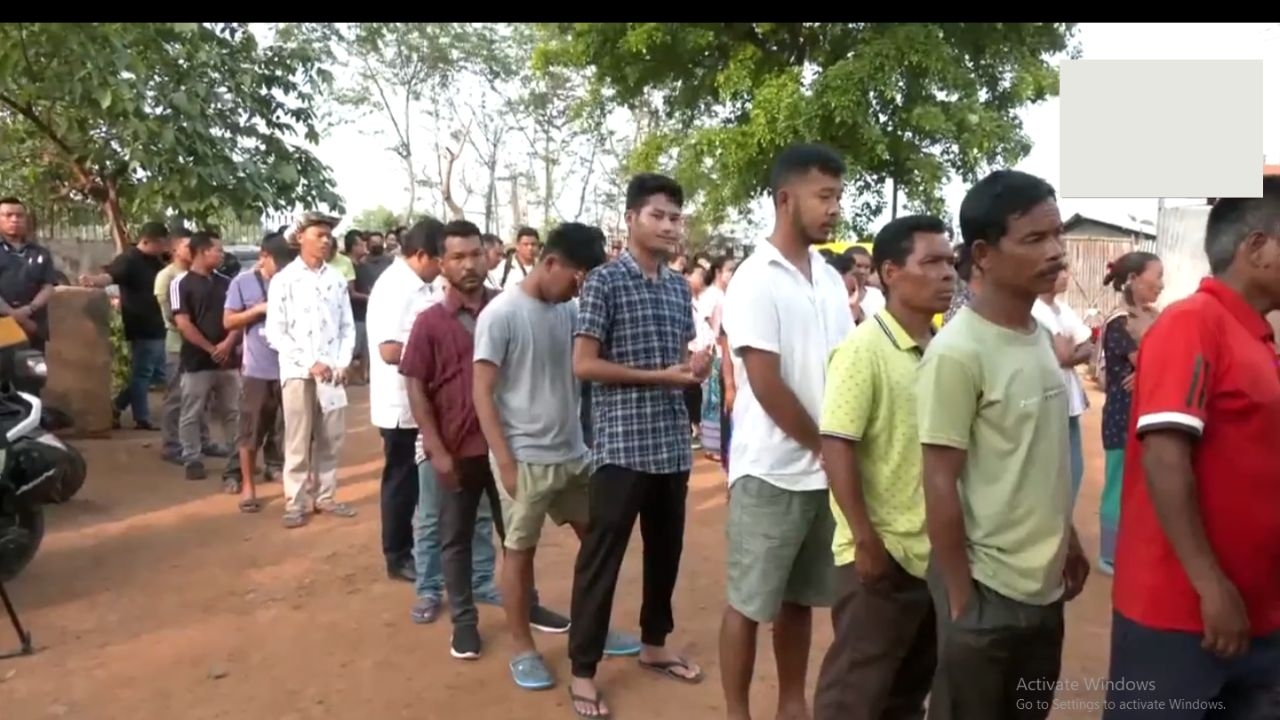Raising a spectre: why Nitish Kumar is revisiting the Bhagalpur riots
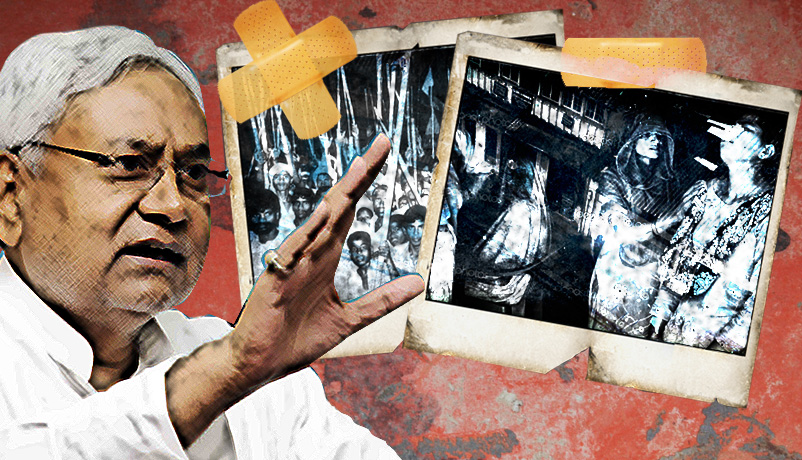
The move
- Nitish Kumar regime releases the Bhagalpur riots inquiry report
- It\'s tabled on the last day of the assembly session, close to polls
- The opposition is aghast, asks why it wasn\'t released in February
The play
- The move is aimed at putting focus on the BJP\'s violent past
- Nitish also wants to dent the secular credentials of the Congress, RJD
- He wants to wean away the Muslim vote from his two allies
It's hard to discern which is the greater tragedy: that the report of an inquiry into the 1989 Bhagalpur riots has been released now, 26 years later, or that Nitish Kumar's government has chosen the fag end of its tenure to publish it.
The Justice N N Singh Inquiry Commission report was tabled in the assembly on 7 August, the last day of its last session.
The commission was set up by Nitish in February 2006, just months after coming to power, and it was to submit its report within six months. It took nine years.
And it wasn't the first commission to inquire into the Bhagalpur riots either. The then Congress regime of Satyendra Narain Sinha had set up a probe panel headed by Justice R N Prasad soon after the riots in 1989.
In 1990, Lalu Prasad expanded the panel by inducting two more retired judges of the Patna High Court. Yet, victims of the riots are still waiting for closure.
The Bhagalpur report holds over 100 police and civil officials guilty of negligence and abetment to violence
The opposition, predictably, is up in arms. It's asking, among other questions, why the report wasn't released soon after it was presented to the government in February.
The BJP especially is making the best use of the luxury it has of never having governed Bihar.
The party's most prominent face in the state, former finance minister Sushil Kumar Modi, called a press conference the day the report was tabled.
He said Nitish was trying to kill two birds with one stone: exposing the Congress for not preventing the riots and the RJD for not securing justice for the victims.
In the process, Modi added, the chief minister was challenging the Congress and the RJD's commitment to secularism, while projecting his JD(U) as the true well-wisher of minorities.
Revisiting a nightmare
Nearly 1,000 people were reported killed in riots that engulfed Bhagalpur city and some 250 villages surrounding it in October 1989 during a frenzied phase of the BJP-led Ram Janmabhoomi movement. And around 50,000 were displaced.
The Singh commission's report isn't yet on the Bihar assembly's website, but according to media reports, it blames inaction by the then Congress government for the carnage.
It reportedly also slams the state police for being communally-biased in favour of the Hindu rioters. And it holds more than a hundred police and civil officials who were serving at that time guilty of negligence and abetment.
The report recommends rehabilitation of several victims whose property was either forcibly grabbed or who were forced to sell their assets under duress.
By bringing the riots back into public conversation, Nitish has shifted the focus sharply on the Sangh Parivar's violent past.
Incidents of anti-Muslim violence on Nitish's watch - Motihari in 2005, Simartala in 2010, Forbesganj in 2011
This though is not the only objective behind releasing the report.
The 1989 riots had a lasting impact on Bihar's political landscape. The Congress, then in power both in the state and at the Centre, lost the assembly election that followed, never to return to power.
A large section of Muslim voters, until then loyal Congress supporters, deserted the grand old party for Lalu Prasad.
Playing an ace
It's this vote bank, comprising about 16% of the state's total voters, that Nitish is trying to wean away from Lalu's RJD.
Political analyst and former principal of Patna College Naval Kishore Chaudhary said by releasing the report so close to the polls, Nitish is trying to enhance his secular image and appropriate the minority vote.
And although he hasn't actually done much for the minorities, the chief minister wants to send a message to them that he, and not Lalu, is their well-wisher, Chaudhary added.
It's also his way of signalling to Lalu to quietly play the second fiddle in their alliance.
Not just the RJD, the release of the report also has implications for the Congress, the third axis of the anti-NDA formation in Bihar.
Nurul Hasan, a senior leader of the Rashtriya Lok Samata Party, an NDA ally, said Nitish wants to cut the Congress down to size before it starts asserting itself during seat-sharing talks.
The belated release of the report, like the caste card or the development plank, is one of the tricks both the JD(U)-led alliance and the NDA are playing in the run up to the polls.
But the question is: will it be enough for Nitish to win over the Muslims?
Pointing fingers
Nurul Hasan is circumspect. "Whatever happened to Nitish's promise of giving compensation to 11,610 victims of the riots?" he asked.
"And let alone justice for those who were killed, even the people whose land was usurped during the riots are yet to get it back."
Hasan further said Muslims would remember the incidents of violence against them that took place during Nitish's rule - in Motihari in 2005, in Simartala in 2010, in Forbesganj in 2011, among others. Their victims are still waiting for justice, he added.
More such questions are set to be raised as the three-cornered contest for Bihar's Muslim vote among the JD(U), the RJD and the Congress hots up.
The 1000-page report itself has raised a few by noting that many 1989 riots cases are yet to be concluded and that "adequate and sufficient rehabilitation has not been provided to the sufferers".
"Wounds have not been healed," the report concludes in a subtle yet damning indictment of all parties that have ruled Bihar since 1989.
But coming as it does in the sunset period of yet another regime, it doesn't dispel the fear that Bhagalpur may be lost as just another footnote in Bihar's fraught political history.
First published: 9 August 2015, 1:44 IST

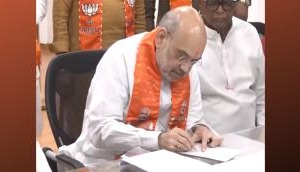
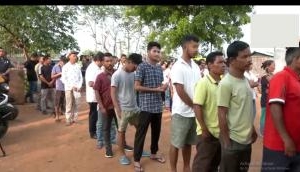

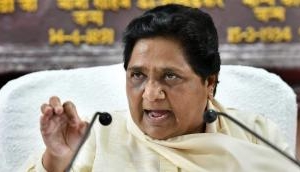
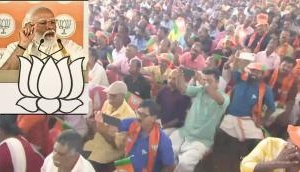
![BJP's Kapil Mishra recreates Shankar Mahadevan’s ‘Breathless’ song to highlight Delhi pollution [WATCH] BJP's Kapil Mishra recreates Shankar Mahadevan’s ‘Breathless’ song to highlight Delhi pollution [WATCH]](http://images.catchnews.com/upload/2022/11/03/kapil-mishra_240884_300x172.png)

![Anupam Kher shares pictures of his toned body on 67th birthday [MUST SEE] Anupam Kher shares pictures of his toned body on 67th birthday [MUST SEE]](http://images.catchnews.com/upload/2022/03/07/Anupam_kher_231145_300x172.jpg)


